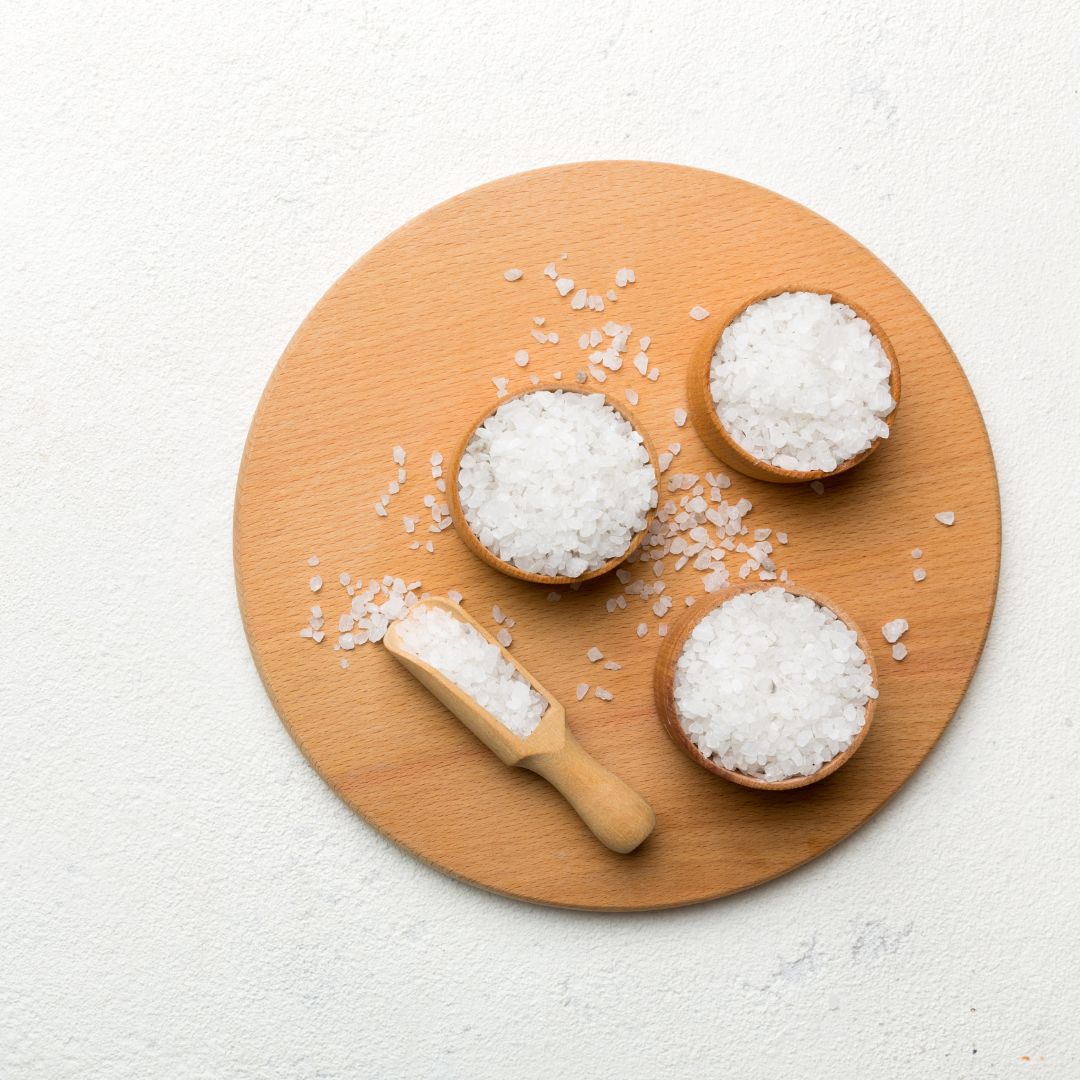
Why You Need to Take an Epsom Salts Bath
You are jet-lagged and exhausted, or you pulled a muscle lifting weights at the gym. Your skin won't stop itching. Or maybe your arthritis and eczema is acting up. Is there anything you can do, besides wait it out?
Your grandma could have the answer. Epsom salts have been used for hundreds of years to ease all kinds of aches, pains, and skin troubles. A simple soak in the tub may help you feel better.
What Are They?
Despite the name, Epsom salts aren't like the stuff you put on your fries. They're called salts because of their chemical structure. The "Epsom" part is a place in England where they're found in natural springs.
You can find them in most pharmacies usually around the panado and laxatives. Many grocery and natural food stores also carry them. A large box costs just a few rands
They're not the same as Dead Sea salts, a blend of minerals found only in the Dead Sea in the Middle East. The water and light there supposedly help with skin diseases, arthritis, and other health problems.
Epsom salts are also different from fancy bath crystals. They may not be made from the same chemicals. Plus they often have oils, colors, and perfumes to relax you and soften your skin.
How Do They Work?
In water, they break down into magnesium and sulphate. The theory is that when you soak in an Epsom salts bath, these get into your body through your skin. That hasn't been proven, but just soaking in warm water can help relax muscles and loosen stiff joints.
People use Epsom salts baths as a home treatment for:
- Arthritis pain and swelling
- Bruises and sprains
- Fibromyalgia, a condition that makes your muscles, ligaments, and tendons hurt, and causes tender points throughout your body
- Ingrown toenails
- Insomnia
- Psoriasis, a disease that causes red, itchy, scaly skin
- Sore muscles after working out
- Soreness from diarrhoea during chemotherapy
- Sunburn pain and redness
- Tired, swollen feet
While there are plenty of folk remedy claims, there aren't a lot of studies to back them up. Taking this type of bath probably won't hurt you, but if you have health concerns, check with your doctor first.
How to Take an Epsom Salts Bath
The water should be very warm -- not hot, but comfortable to the touch. Add the Epsom salts while the water is running to help them dissolve.
For a standard-sized tub, use the amount suggested on the package, usually 1 to 2 cups, or the amount recommended by your doctor. Don't use Epsom salts in a hot tub, whirlpool, or other tub with jets unless the manufacturer says it's OK.
Keep the part of your body that hurts in the water for at least 20 minutes. Just relax.
Check with your doctor about how long and how often you should soak. You may need to do it just once for an ingrown toenail, or every day if you have arthritis pain.
Share



